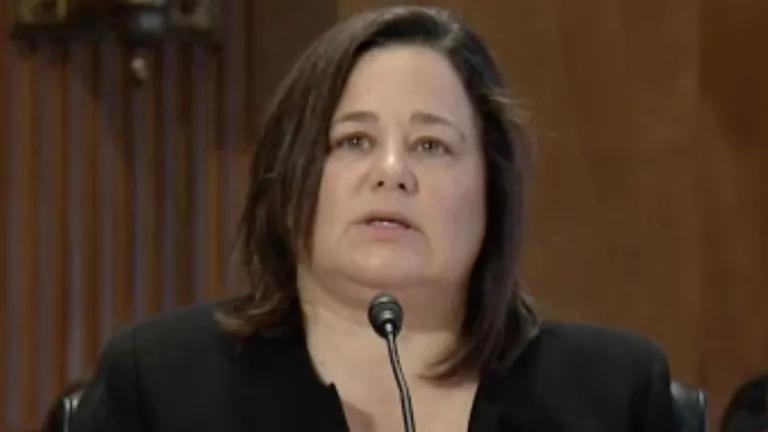CA Finds Widespread Risk from Pesticide Toxic to Kids

Greg Gardner/iStock
Today, California’s Environmental Protection Agency (CalEPA) added to the growing body of science raising the alarm about the dangers of the pesticide chlorpyrifos and took one step closer to getting it out of the state’s fields and orchards. The California Department of Pesticide Regulation (DPR) concluded an evaluation of their own, largely agreeing with the EPA scientists that current uses of chlorpyrifos put children at risk from unsafe levels of exposure from residues on food, contaminated water, and pesticide drift up to half a mile.
Widespread science—including a 2016 U.S. EPA study analysis—shows that the pesticide chlorpyrifos damages the developing brain. Yet, it continues to be widely used on fruits and vegetables grown in the U.S., including kid favorites like apples, oranges and berries.
With everything we now know, it’s unconscionable that this toxic chemical is still being used on food crops in California. The state must immediately suspend all use of chlorpyrifos to protect kids, farmworkers and agricultural communities. And then provide permanent protection by becoming the second state in the nation to ban it. (Hawaii’s state legislature passed a statewide ban in May.) As a major producer of fruits, vegetables and nuts, California uses close to 20% of all chlorpyrifos applied in the US and a state-level ban would greatly reduce exposures from contaminated food sent throughout the country and the world.
In the same chemical family as sarin nerve gas, chlorpyrifos was banned from household use nearly two decades ago but is still widely used on many U.S. food crops. Significant science shows that exposure to low levels of the pesticide in early life can lead to increased risk of learning disabilities, including reductions in IQ, developmental delay and ADHD.
Farmworkers—the majority of whom are Latino—and their children face additional, disproportionate risk because the chemical is used so close to where they live, work and go to school—resulting in exposures from air, water and dust in their homes. California’s analysis found that levels in the air—up to a half mile from a field—could put young children at increased of learning disabilities. With communities living next to treated fields throughout California, it is imperative that the state take urgent action to stop the use of chlorpyrifos.
DPR’s scientific conclusions were announced at a hearing convened today by the state’s Scientific Review Panel (SRP), a body of independent scientists overseeing DPR’s risk assessment of chlorpyrifos. The SRP formally accepted the risk assessment Monday, and unanimously agreed to designate chlorpyrifos a Toxic Air Contaminant, joining a list of 46 other chemicals including a number of fumigant pesticides. Under state law, DPR now has 10 working days to initiate the regulatory process formalizing the Toxic Air Contaminant designation.
California’s review of the chemical had been on hold for many years pending a proposed federal ban. Shortly after Trump took office, however, his EPA reversed course on the ban. NRDC as part of a coalition of labor and health organizations continuing to push for protections against this chemical nationwide by appealing directly to EPA, as well as using the courts.
In the meantime, it’s what comes next that will determine for how long California’s communities will continue to be put at risk. DPR has the authority to halt exposures by suspending the use in California while a formal assessment of control options is conducted. Given the decade or more of scientific reviews and delays, this action is urgently needed to protect communities. The longer timeline under the Toxic Air Contaminant regulations, which allow for two years to decide how to mitigate the risk, are unacceptable. Meanwhile, almost a million pounds continues to be used on California’s food crops each year, exposing thousands of children and pregnant women to a chemical that permanently damages the developing brain.
The new science released from California today underscores what we’ve been saying for more than a decade: this toxic pesticide has no place in our fields, in our communities, or on the food we feed our families. California should take swift action to protect residents in the state and get chlorpyrifos out of the food supply. And we will continue to fight for EPA to protect communities across the country with a nationwide ban.
TAKE ACTION—tell U.S. EPA to ban chlorpyrifos nationwide.


